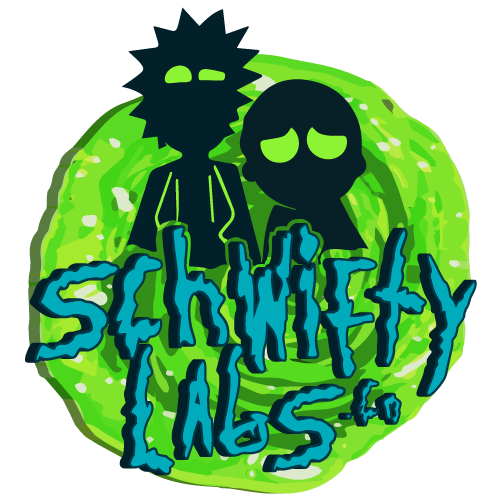CBD, LSD, Magic Mushrooms
How LSD Affects Neurotransmitters Like Serotonin, Dopamine, and Glutamate
LSD (lysergic acid diethylamide) is one of the most well-known psychedelic substances, famous for its profound impact on perception, mood, and cognition. But what exactly happens in the brain when someone takes LSD? The answer lies in how LSD interacts with crucial neurotransmitters — especially serotonin, dopamine, and glutamate — which together influence how we think, feel, and experience the world.
To understand how LSD works, it’s important to first grasp the role of these neurotransmitters. Serotonin is widely known as the “feel-good” chemical, associated with mood regulation, sleep, and perception. Dopamine is tied to motivation, pleasure, and reward. Glutamate, on the other hand, is the brain’s primary excitatory neurotransmitter, playing a vital role in learning, memory, and synaptic plasticity.
LSD and Serotonin: Hijacking the 5-HT2A Receptor
The primary way LSD exerts its psychedelic effects is by binding to serotonin receptors — particularly the 5-HT2A receptor. When LSD binds to this receptor, it acts as a partial agonist, meaning it partially mimics serotonin but in a more complex way. This overstimulation causes neurons to fire in unusual patterns, creating the vivid hallucinations, sensory distortions, and altered sense of time that users often report.
Interestingly, LSD doesn’t just stick to the surface of the receptor — it wedges into a pocket within the receptor and stays there longer than serotonin would. This extended binding time is partly why LSD trips can last up to 12 hours.
Dopamine’s Role: Euphoria and Motivation
While serotonin is the main target, LSD also influences dopamine pathways. Research suggests that LSD increases dopamine release in certain areas of the brain, which contributes to feelings of euphoria, increased motivation, and the sense of novelty and wonder that often accompanies a psychedelic experience. This is why many people compare an LSD trip to an awakening or a burst of creativity — dopamine enhances the brain’s reward circuits, encouraging exploration of new ideas and sensations.
Glutamate: The Unsung Modulator
Beyond serotonin and dopamine, LSD indirectly affects glutamate — a neurotransmitter critical for learning and memory. LSD’s action on 5-HT2A receptors influences the release of glutamate in the prefrontal cortex, the brain region responsible for complex thinking, planning, and self-awareness. This surge in glutamate activity is thought to promote the “cognitive flexibility” often described by users — the ability to see connections where none existed before, break out of rigid thought patterns, and experience insights that feel deeply meaningful.
Connections to Hybrid, Sativa, and Indica
While LSD is chemically unrelated to cannabis, the conversation often overlaps because many people are curious about the differences between psychedelics and cannabis strains like hybrid, sativa, and indica. Unlike LSD, which mainly targets serotonin receptors, cannabis works primarily through the endocannabinoid system — specifically CB1 and CB2 receptors — which indirectly affect dopamine and glutamate too.
Sativa strains are often associated with uplifting, energetic effects — somewhat similar to the mental stimulation and euphoria caused by LSD’s interaction with serotonin and dopamine. Indica strains, on the other hand, are known for their relaxing, calming properties. Hybrid strains blend the effects of sativa and indica, offering a balance that can mimic certain aspects of LSD’s trip: both the stimulating thought loops and the calm, introspective side.
For some users, combining LSD with cannabis — especially a balanced hybrid strain — can intensify the trip’s effects. The hybrid’s blend of sativa-like mental uplift and indica-like body relaxation can complement LSD’s sensory and cognitive changes. However, mixing substances always carries risks and should be approached with caution.
Potential Therapeutic Insights
The unique ways LSD interacts with serotonin, dopamine, and glutamate have sparked a renewed interest in its potential for mental health treatment. Recent studies explore LSD’s promise for conditions like depression, anxiety, and PTSD — disorders often linked to imbalances in these same neurotransmitters. By promoting new neural connections and resetting rigid thought patterns, LSD could offer breakthroughs where traditional therapies fall short.
Final Thoughts
LSD’s powerful effects on neurotransmitters like serotonin, dopamine, and glutamate help explain its profound impact on the mind. Understanding these interactions not only demystifies the psychedelic experience but also opens doors for exploring its potential in mental health and wellness — alongside other mind-altering plants like sativa, indica, and hybrid cannabis strains.
As research continues, the hope is that safe, guided use of psychedelics like LSD could complement modern therapies — harnessing our brain’s natural chemistry to heal, grow, and expand consciousness in ways that were once unimaginable.

